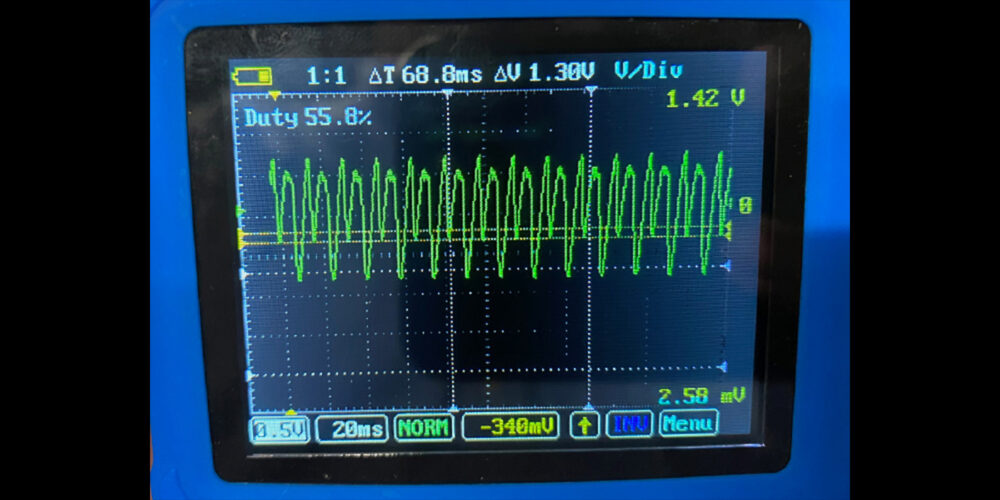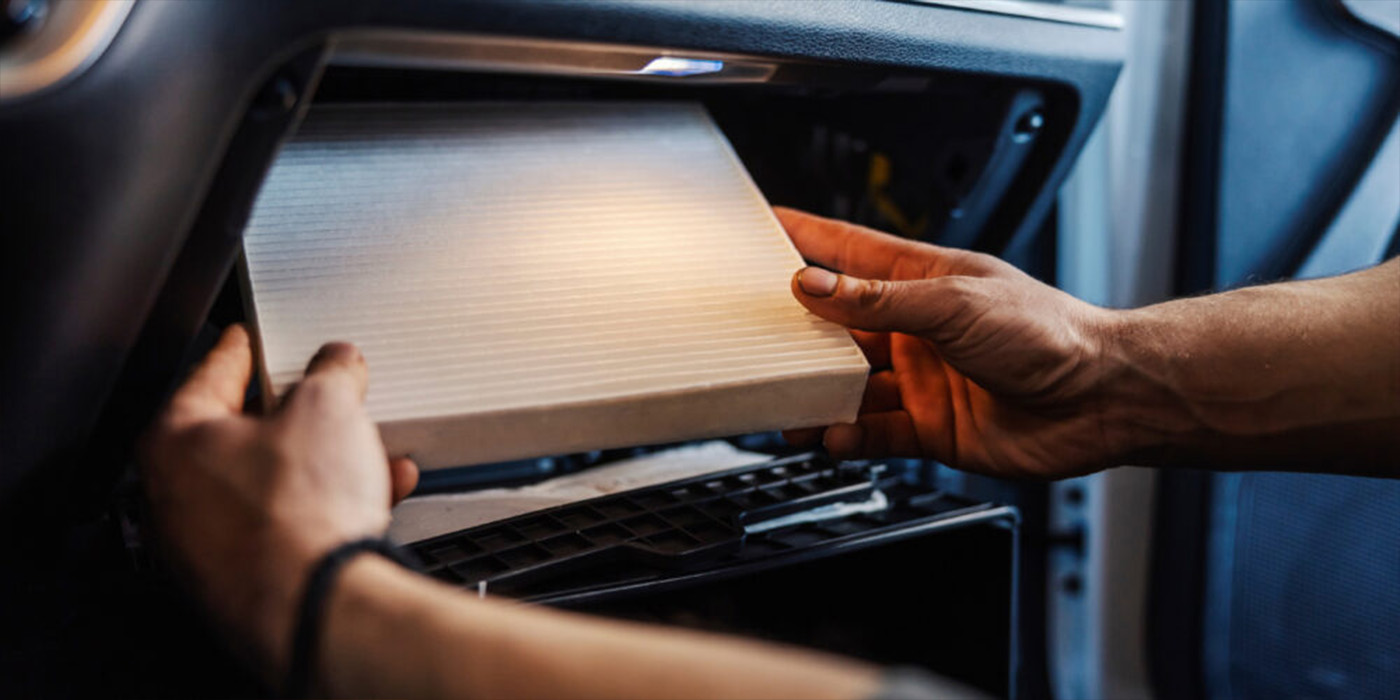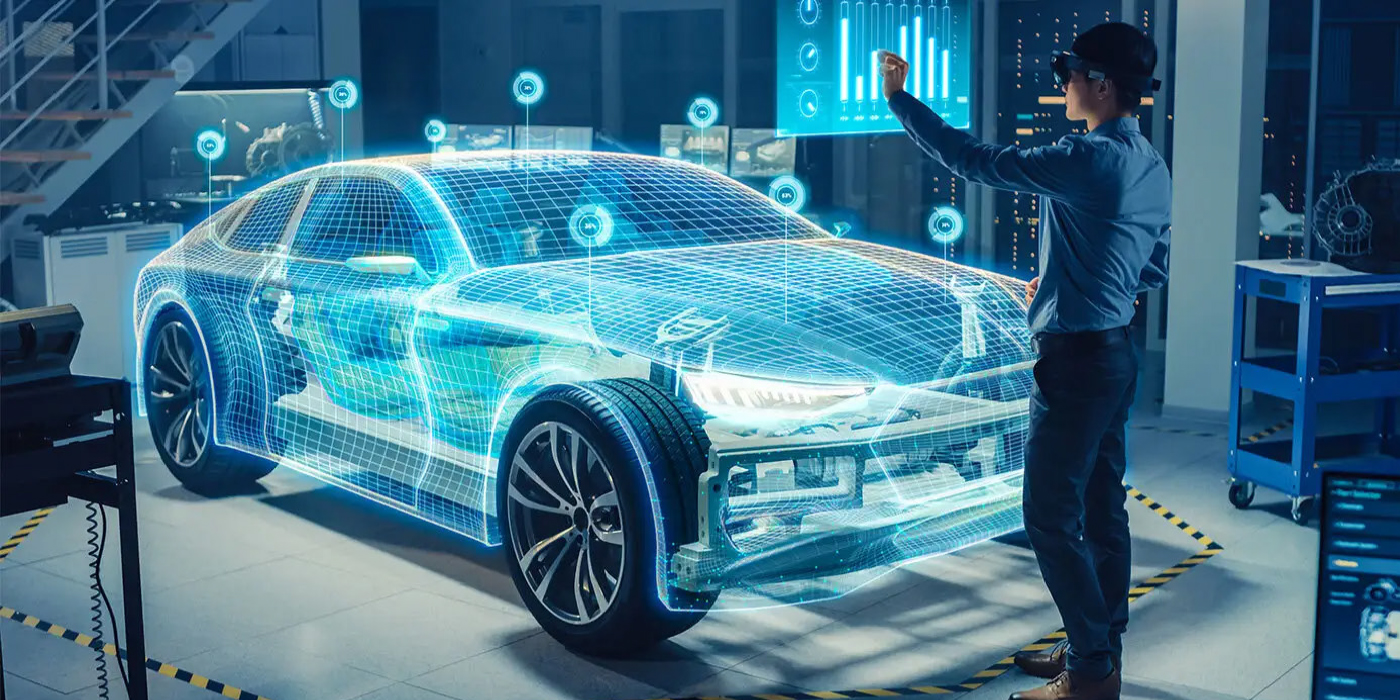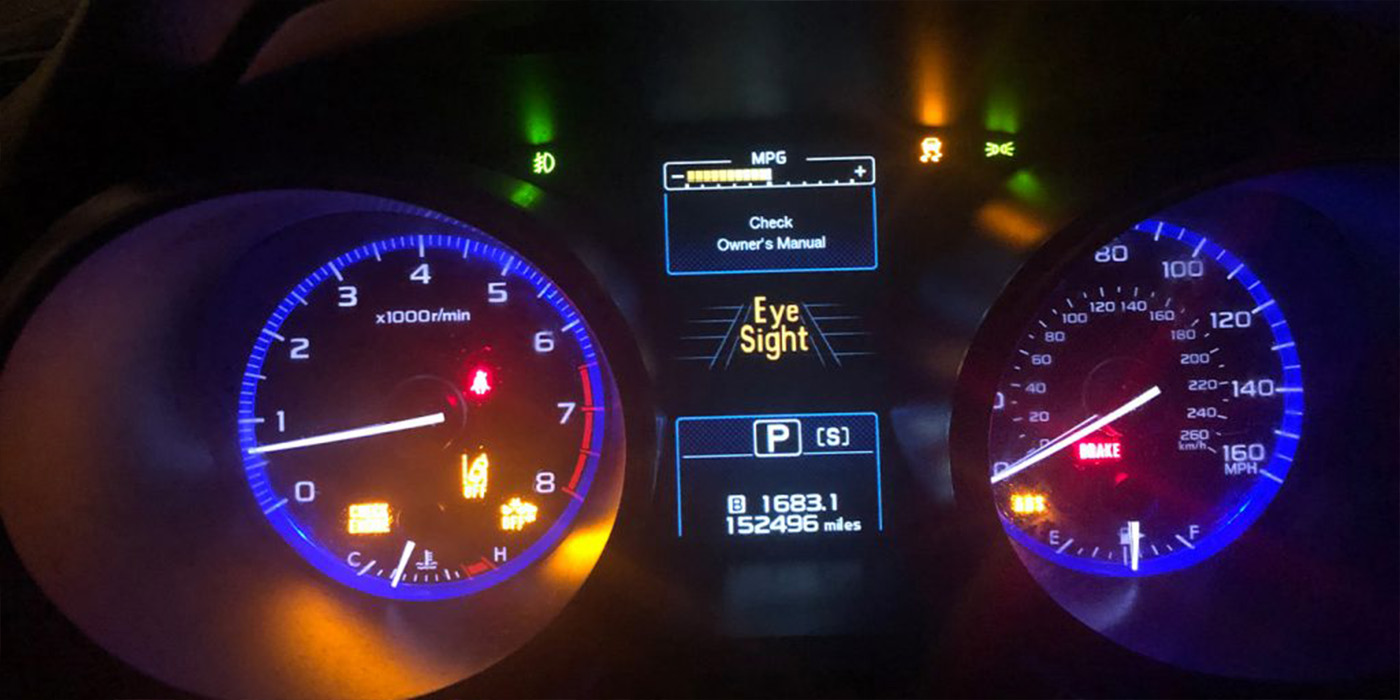By Bob Cooper
Anyone who has been selling service for any length of time will agree that there are two kinds of customers. The first is the customer who has a history of making good decisions, not just with auto repair, but with most decisions. And then we have the other type of customer: the kind of person who more often than not makes the wrong decisions. Let’s use maintenance service as an example. When you’re dealing with a relatively intelligent person who understands the value of maintenance, all they need is information presented in a way that builds value in the service. You have then done your job, and if they decide not to buy after you’ve addressed their concerns, they may very well have a legitimate reason for postponing the service. On the other hand, if you have a customer who has a history of making poor decisions, such as constantly putting off maintenance that has led to costly repairs, then it’s time to step up to the plate and help them with the decision. It’s professional, it’s ethical, and it’s treating people the way they should be treated. Here’s an example …
Years ago I had a young customer who had just lost his job. He was the proud father of a newborn, and his vehicle needed major repairs. When he told me he wanted to fix his car as cheaply as possible, I shifted from vehicle repairs to discussing the more important things he needed to consider. Now that he was a new father, the baby’s safety, in regard to vehicles, was dependent on him. He also needed a dependable vehicle so he could find and keep the new job he desperately needed, and since he was strapped for cash, it would be a mistake to put himself in a position where he would be running the risk of having to fix his car twice. You know what? He agreed, and the way I won had nothing to do with money. I won by helping him make a difficult decision that was good for him and for his family. We can never forget, selling is helping people make the right decisions. Not fixing cars.
For additional help increasing your sales and CSI scores, learn more about Bob Cooper’s upcoming Masters Service Advisor Training Course.













